Tree Types Under Consideration
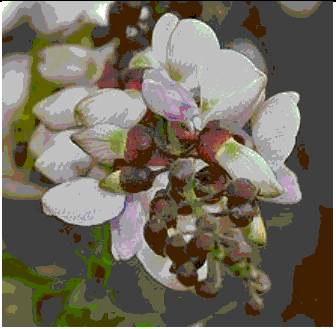
Pongamia pinnata
Pongamia pinnata (Indian Beech Tree) is also called HONGE and its origin is here in India. HONGE can become an important second generation sustainable biofuel crop. It can produce inedible oil (bio diesel, starch, and ethanol) and biogas (by fermenting the present seed cakes). Using HONGE oil, simple processing techniques and diesel generators, several un electrified villages in India have created their own power grid systems to run water pumps. కానుగ (Telugu)
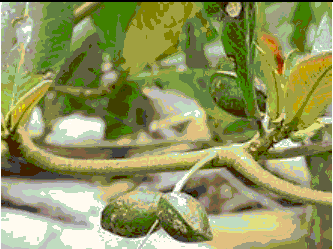
Terminalia catappa
Terminalia catappa is a large tropical tree in the Leadwood tree family, that grows mainly in the tropical regions of Asia, Africa, and Australia. It is known by the common names Bengal almond, country almond, Indian almond, Malabar almond, sea almond, and tropical almond బాదం (Telugu).
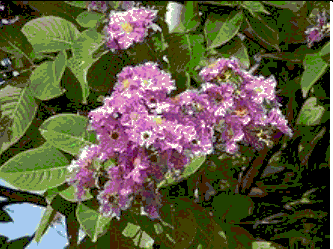
Lagerstroemia flosregine
Lagerstroemia speciosa (Giant Crape- myrtle, Queen's Crape-myrtle, Banabá Plant for Philippines, or Pride of India) is a species of Lagerstroemia native to tropical southern Asia.

Plumeria varities
Plumeria (common name Frangipani) is a genus of flowering plants in the dogbane family, Apocynaceae. It contains primarily deciduous shrubs and small trees. They are native to Central America, Mexico, the Caribbean, and South America as far south as Brazil but can be grown in tropical and sub-tropical regions.
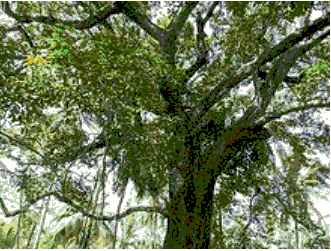
Mimusops elengi
Mimusops elengi is a medium-sized evergreen tree found in tropical forests in South Asia, Southeast Asia and northern Australia. English common names include Spanish cherry medlar, and bullet wood. Its timber is valuable, the fruit is edible, and it is used in traditional medicine. As the trees give thick shade and flowers emit fragrance, it is a prized collection of gardens.
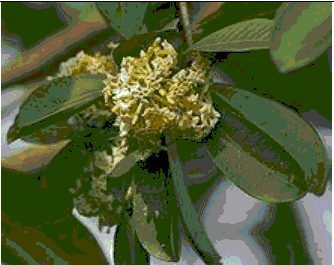
Alstonia scholaries
Alstonia scholaris (Apocynaceae, commonly called Blackboard tree, Indian devil tree, Ditabark, Milkwood pine, White cheesewood and Pulai is an evergreen, tropical tree native to the Indian subcontinent and Indomalaya, Malesia and Australasia.